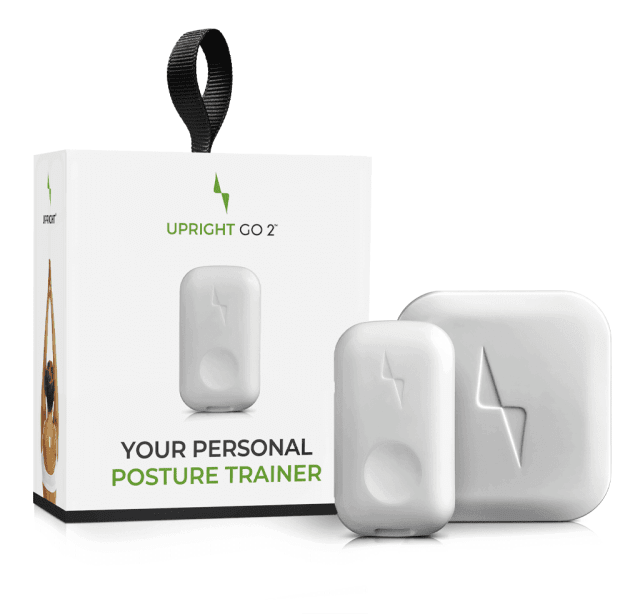Posture at Work – Why it’s Important and How to Improve
Max Frenkel

“Sit up, don’t slouch.” This is advice that we’ve all heard at one point or another. I know that I have, I’m sure you too. For the most part, I never took this advice too seriously…
Big mistake.
Even though I had been suffering from chronic back pain ever since I was a teenager, it wasn’t until I started working at an office, 9-to-5 in front of a computer, that I understood the undeniable importance of good posture. Why? Because besides the fact that I wasn’t enjoying the great benefits of good posture, I was also suffering from the pains of bad posture. And that, my friends, is the first step towards improving posture at the office.
Seeing the signs.
Bad posture can have many detrimental effects, including lack of confidence and productivity. However, the most common sign of bad posture is back pain, along with all of the annoying symptoms that accompany this pain, such as headaches and lack of balance. There are a number of different signs that can point to weak posture at work as the source of your back pain – starting with sudden back pain that is experienced with a new job, a new office chair, or a new car; pain that starts in the neck and moves downwards into the upper back, lower back and down to the legs; pain that goes away after switching positions; or even back pain that comes and goes for months.
Understanding the source of these pains is a key part of posture training and will help you keep your eye on the prize – achieving good posture.
Understanding posture.
The next step in improving posture at work is understanding what is good posture. What does it even mean to “stand straight”, or “sit upright”? Well, regardless if your job requires sitting at a desk or standing up all day, these are the key points of good posture:
– Keep your chin parallel to the floor.
– Your shoulders should be even and relaxed.
– A neutral spine – no flexing or arching!
– Arms at your sides, with your elbows straight and level.
– Abdominal muscles braced, improving your core muscles as well.
– While standing, body weight distributed evenly on both feet.
– While sitting, keep your knees even and pointing straight ahead.
It can be difficult to remember all of these subtle steps, I know. Luckily, Upright is here to help you keep your head up and back straight. Posture training has never been so easy!
Keeping a posture-friendly work environment.
Who says that you can’t use props to help improve your posture?
– Whether it’s sitting at the office, or stuck in traffic on the long drive to work – footrests, portable back-supports, even a small pillow or towel can help provide the support you need.
– Use a standing desk. And don’t forget to move around! Our bodies aren’t made to sit around all day and a standing desk will help your posture greatly. I obviously don’t expect you to stand at your desk all day – this can be tiring and ineffective; however using a standing desk for a few hours a day, instead of staying seated all day, will help with your posture training.
– Proper corrective eyewear, positioning your computer screens to your natural eye position and keeping your keyboard at the right level can also help to avoid leaning and straining of the neck.
There are many ways to improve your posture at work, so what are you waiting for? From relief of back and neck pain to improving your productivity and confidence, the benefits are great and rewarding…
Improve your posture today with the help of the UPRIGHT GO.
You Might also Like
Search
Sign up to our newsletter
Follow Us On
Popular
Revisit the GO 2/S Device Setup
How to get started
Finding your upright position
How to find your target upright posture
Calibration
Check out the UPRIGHT GO 2



